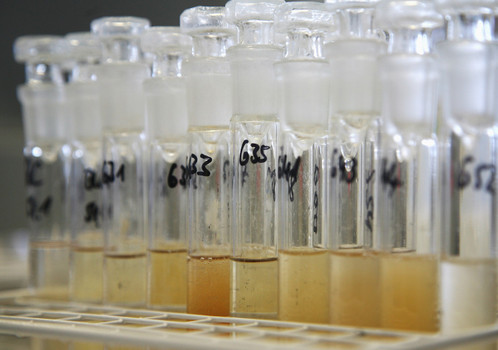When you ask most natural organizations whether anyone ever fails their drug tests, they will always give you a definitive “yes.” But, when you ask them how many people fail, they unvaryingly answer with something vague but impressive-sounding like “lots” or “many” but never anything specific.
And, when you ask them the names of anyone who has failed, they typically give you a blank look and try to change the subject or claim confidentiality prevents them from revealing the names of cheaters. Hmm.
So why would organizations professing to be natural and boasting about the efficacy of their testing be reluctant to reveal the names of the very people who are trying to undermine their legitimacy by cheating?
1. They might be afraid the cheaters will take legal action against them. This really doesn’t hold water, of course, since every contestant signs a liability release, and every organization carries liability insurance. Why have either one (and pay for the insurance premiums) if you don’t have confidence in them? Cheaters might try to call their bluff with empty threats but they will typically not want to incur the expense of hiring a lawyer if they have truly failed a drug test. Most bodybuilders don’t have a lot of money anyway.
2. They might have doubts about their drug testing. The expertise of the polygraph examiner or the credibility of the testing lab (for urine or blood) might questionable, but it is more likely that organizations would be concerned about their testing protocol – particularly with regard to sample collection and chain of custody. They realize that the more contests they sanction, the greater the probability of error, and they know that an astute cheater will try to establish a flaw in protocol to attack the credibility of the testing to counter any test failure.
3. They might not want to expose someone for just making a different “choice.” Some organizations might honestly believe that those who fail a drug test should not be publicly exposed just because they made a different “choice,” even though that choice is illegal and against the rules. After all, it’s just a different choice.
4. They might want to protect one of their top champions from exposure to protect the organization’s image. Sometimes cheaters can manage to beat the testing for several years without being caught and rise to the top of the organization ranks. They learn how to repeatedly beat a urine test by discontinuing their PED use a few weeks prior to a contest to avoid detection. And the abbreviated polygraph? Ten minutes is NOT a real polygraph.
Enough said. Then, for some reason, they make a mistake – maybe their timing is off – and unexpectedly test positive for a contest. The sanctioning organization and/or promoter might allow the cheaters to compete anyway (or keep their trophies or prize money after the show) because to do otherwise could cast a negative reflection on the entire organization and potentially lose members, sponsors, and credibility. It was probably just a fluke anyway.
Right? Right. Usually those particular cheaters move on to a different organization after such close calls and attempt to start their game all over again.
To date, only the INBA/PNBA reveals the names of cheaters on their infamous Hall (aka Wall) of Shame. All organizations should know that publicly exposing cheaters will bring more legitimacy to their testing, more credibility to their organization, and more athletes to their membership rolls.
There is also no better way to oust the current cheaters and discourage potential cheaters than to expose them to the media. The sport will be better – and cleaner – when all organizations start thinking of why they should expose the names of cheaters rather than why they should not and start sharing test failures with each other.
Ultimately the athletes must communicate what they want or the secrecy – and the cheating – will continue.








